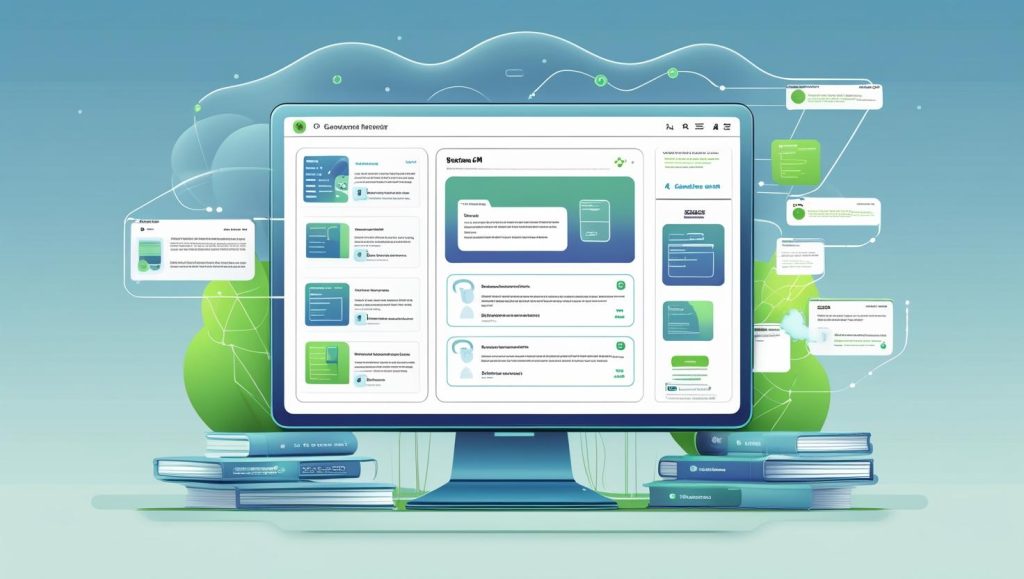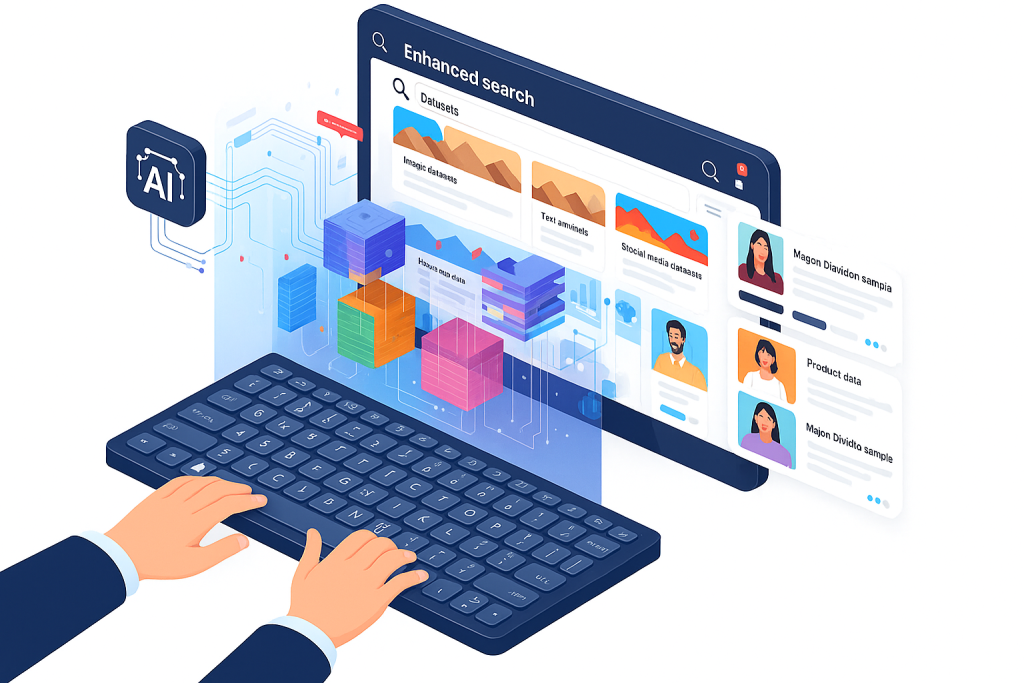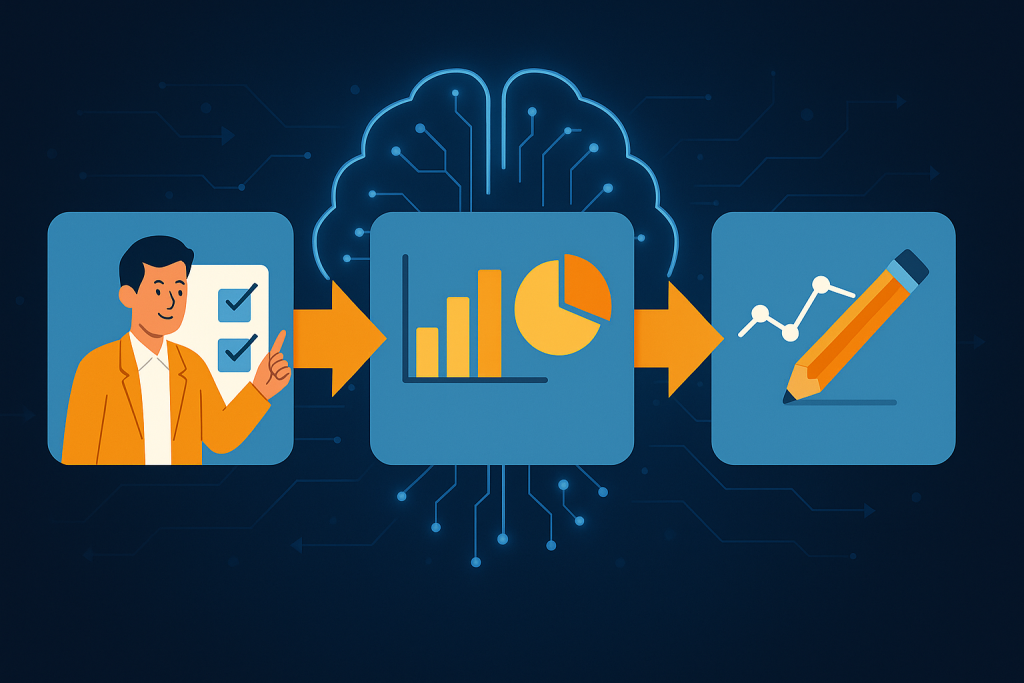How to Start Small with AI (and Still Make a Big Impact)
Artificial Intelligence (AI) can feel overwhelming, especially for organizations new to this technology. Headlines about massive AI-powered transformations and multimillion-dollar investments can make it seem accessible only to large corporations with extensive resources. However, AI doesn’t have to be intimidating or prohibitively expensive. Smaller organizations and teams can also leverage AI effectively to streamline operations, improve productivity, and enhance decision-making capabilities. Here’s a detailed guide on how your organization can start small with AI and still achieve significant, meaningful results.

Identify Clear, Specific Objectives
Before diving into AI technologies, it’s crucial to establish clear, achievable objectives that align with your business strategy. AI should address specific business needs rather than simply being adopted for the sake of using cutting-edge technology. Start by identifying repetitive, labor-intensive tasks or processes that consume considerable resources and may be prone to human error. Common areas include document management, customer support inquiries, data analysis, content categorization, and workflow automation.
To set effective objectives, consider these strategic guiding questions:
- What tasks are repetitive, time-consuming, and drain valuable employee resources?
- Where can errors or inefficiencies significantly impact operations, customer satisfaction, or profitability?
- Which areas of the organization could benefit most from improved accuracy, speed, or consistency?
- What processes currently create bottlenecks that slow down overall productivity?
By answering these questions thoughtfully, you can pinpoint precisely where AI can deliver the most substantial initial value and create a foundation for future expansion.
Practical Ways to Begin with AI
1. Document Summarization
Document summarization using AI tools significantly reduces the time employees spend reviewing lengthy documents, reports, and meeting transcripts. AI-powered summarization software rapidly analyzes content and generates concise, coherent summaries.
For instance, Microsoft 365 Copilot integrates seamlessly into Office applications, allowing users to summarize meetings and lengthy emails instantly. Another popular solution, OpenAI’s GPT series, offers similar summarization capabilities, making complex information accessible and actionable quickly. Implementing document summarization can lead to faster decision-making and increased productivity without extensive setup or investment.

2. Auto-Tagging and Classification
Another powerful yet straightforward application of AI is auto-tagging and intelligent content classification. Manually tagging and organizing content is time-consuming, inconsistent, and prone to human errors. AI-driven auto-tagging systems intelligently analyze digital content, automatically applying accurate and relevant metadata tags to documents, images, videos, and other data forms while maintaining consistency across your organization.
Microsoft Syntex, for instance, provides AI-enhanced tagging capabilities within SharePoint Online environments. Similarly, OpenText Aviator, offers sophisticated content classification and auto-tagging features that integrate seamlessly with existing enterprise content management systems. These cloud-based AI content management solutions require minimal infrastructure and are typically user-friendly, facilitating rapid deployment. By enhancing content searchability and organization, auto-tagging significantly improves efficiency, reduces operational costs, and streamlines daily workflows.

3. AI-Enhanced Search
AI-enhanced search represents another manageable, high-impact starting point for organizations. Traditional search tools rely heavily on exact keyword matching, often missing nuanced queries, context, or user intent. AI-driven search solutions employ advanced natural language processing (NLP) to interpret context, semantics, and intent behind user queries, returning highly relevant and accurate results even from vast, unstructured datasets.
Solutions such as Azure AI Search or Amazon Kendra can be deployed incrementally, initially applied to a limited, well-defined data set, and expanded systematically as comfort and familiarity with the technology grow. This phased implementation approach allows organizations to measure tangible value and adapt strategies accordingly without overwhelming existing resources or staff capabilities.

Small Scale, Big Impact: A Step-by-Step Approach
Implementing AI incrementally is key to ensuring long-term success and avoiding resource strain. Here’s a practical approach to guide your organization:
- Pilot First: Select a manageable, clearly-defined area for an initial AI pilot project. Consider a process or task that is well-understood by staff and likely to demonstrate quick, visible benefits that can be easily measured and communicated.
- Measure Results: Establish clear, quantifiable success metrics before starting your AI project. Measure performance indicators before and after implementation to objectively demonstrate value and justify further expansion to stakeholders and leadership.
- Iterate and Expand: Apply learnings, insights, and best practices from your initial pilot project to incrementally introduce AI into other strategic parts of your organization. Iterative growth allows for necessary adjustments and fosters organizational confidence and buy-in.

Overcoming Initial Resistance
Implementing even small-scale AI projects often meets initial resistance due to uncertainty, fear of job displacement, and general skepticism about new technology. Effective change management practices are essential to address these legitimate concerns proactively and build organizational support:
- Communicate Transparently: Clearly explain how AI is specifically intended to assist rather than replace employees, highlighting the reduction of tedious, repetitive tasks that allow staff to focus on higher-value work.
- Highlight Early Wins: Demonstrate tangible benefits early in the process to build trust, enthusiasm, and organizational momentum for future AI initiatives.
- Engage Users Early: Actively involve staff in pilot projects and solicit their input, feedback, and suggestions regularly. User involvement significantly improves adoption rates and creates internal advocacy for new technologies.
Considerations for Long-term Success
As your organization gains confidence and experience with initial AI projects, long-term success depends on several critical strategic considerations:
- Data Quality and Readiness: Quality AI outcomes depend on clean, structured data. Even initial AI projects must prioritize data preparation, cleaning, and structuring.
- Scalability and Flexibility: Choose AI solutions that easily scale from small pilots to broader applications. Flexibility ensures future expansions or integrations do not become costly and complicated.
- Continuous Training and Support: Provide ongoing training and resources to ensure your team remains comfortable and proficient with new AI tools.
Real-World Examples
Consider these practical examples demonstrating AI’s effectiveness at a manageable scale:
- Customer Support Automation: AI chatbots intelligently handle routine customer inquiries, significantly reducing response times and freeing up support teams to handle complex, high-value issues that require human expertise.
- Invoice Processing Automation: AI solutions can automatically scan, classify, extract data, and input invoices into financial systems, dramatically reducing processing times, eliminating manual errors, and improving cash flow management.
- Content Curation: AI tools automatically curate, organize, and prioritize content for marketing teams, ensuring high-quality, timely distribution of information while maintaining brand consistency and relevance.

Conclusion
Starting small with AI doesn’t mean compromising on value, effectiveness, or long-term potential. Implementing targeted, manageable AI applications—such as document summarization, auto-tagging, and enhanced search capabilities—allows organizations of all sizes to achieve substantial, measurable improvements without overwhelming existing resources or disrupting established workflows. By taking incremental steps, clearly defining objectives, managing change effectively, and continuously adapting based on learnings and feedback, your organization can successfully harness AI’s transformative potential, demonstrating that impactful innovation doesn’t always require massive investment or radical organizational change.
Contact us today to schedule a free demo and a personalized consultation.